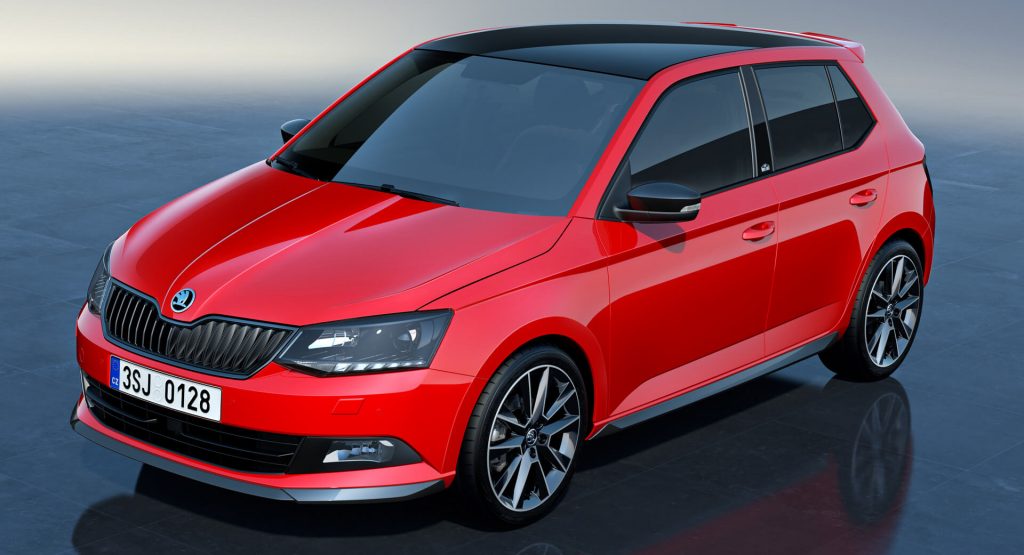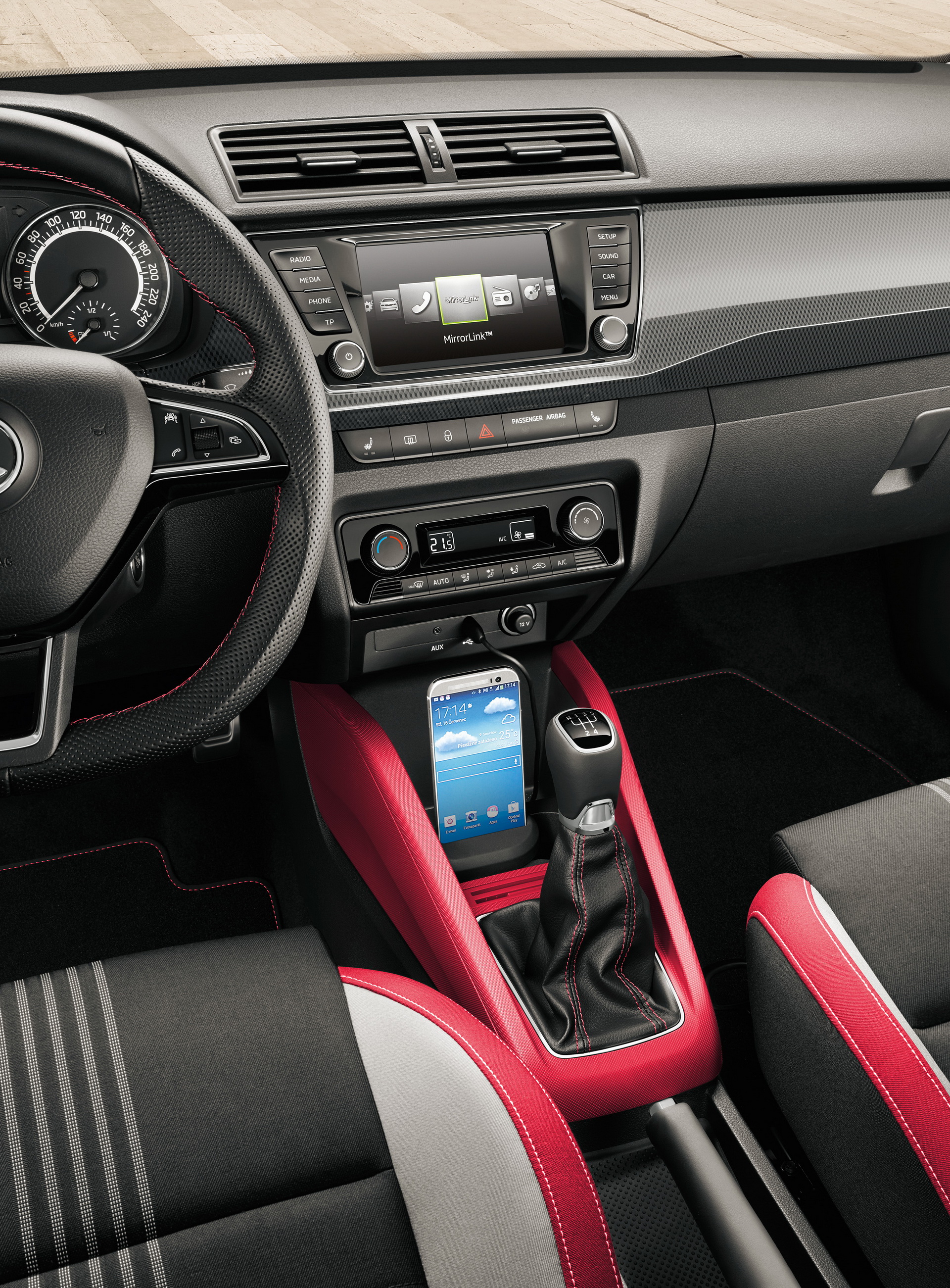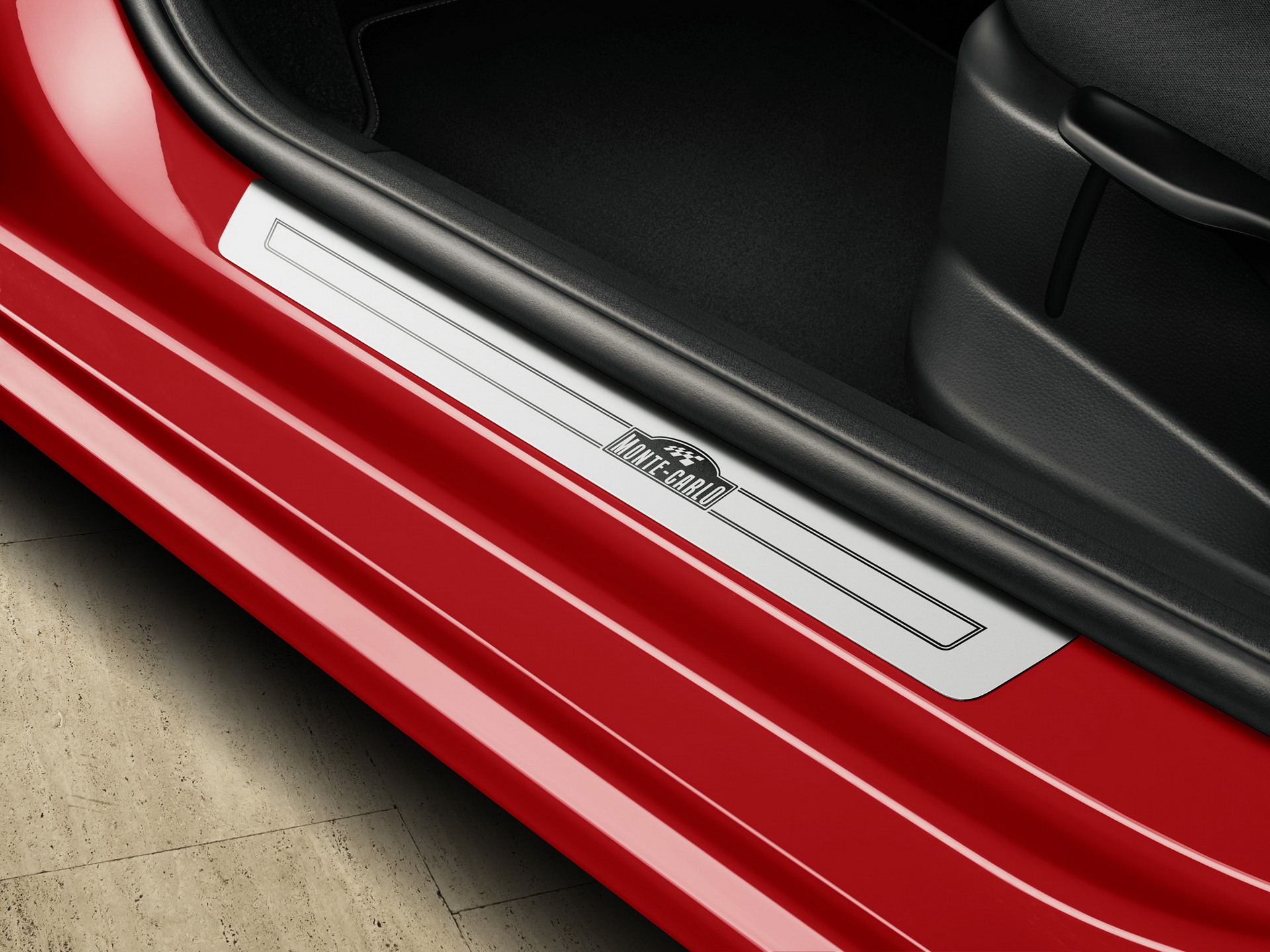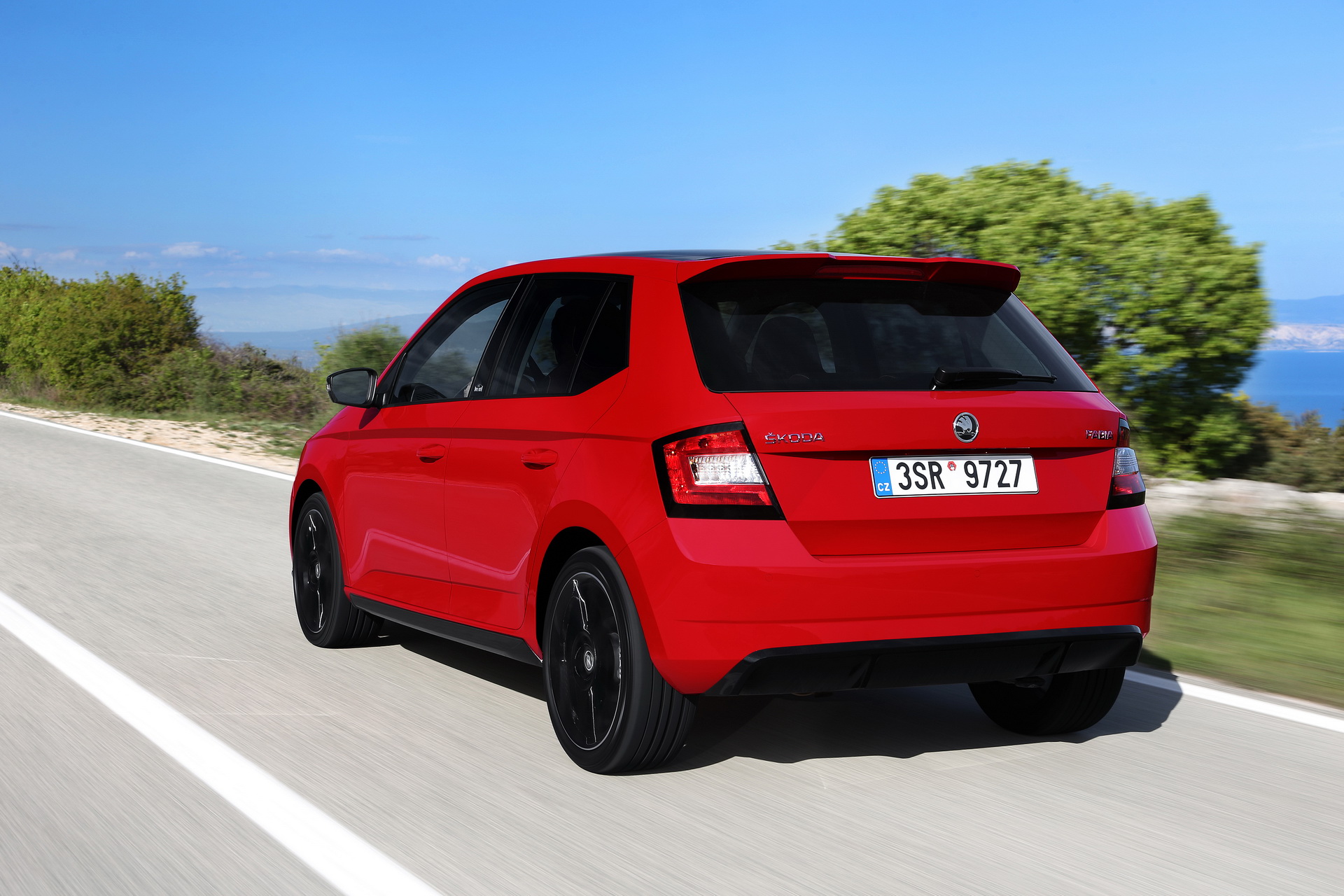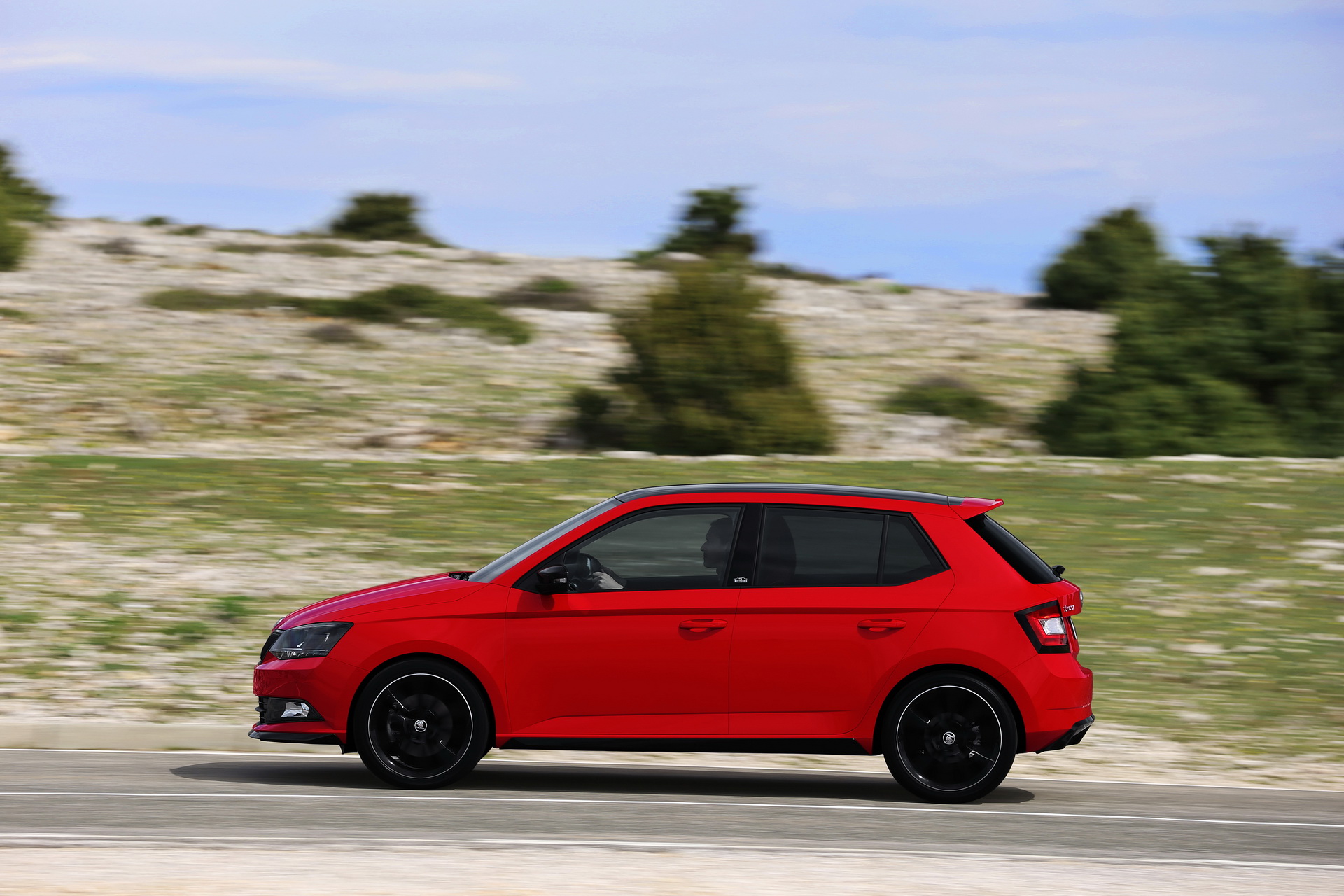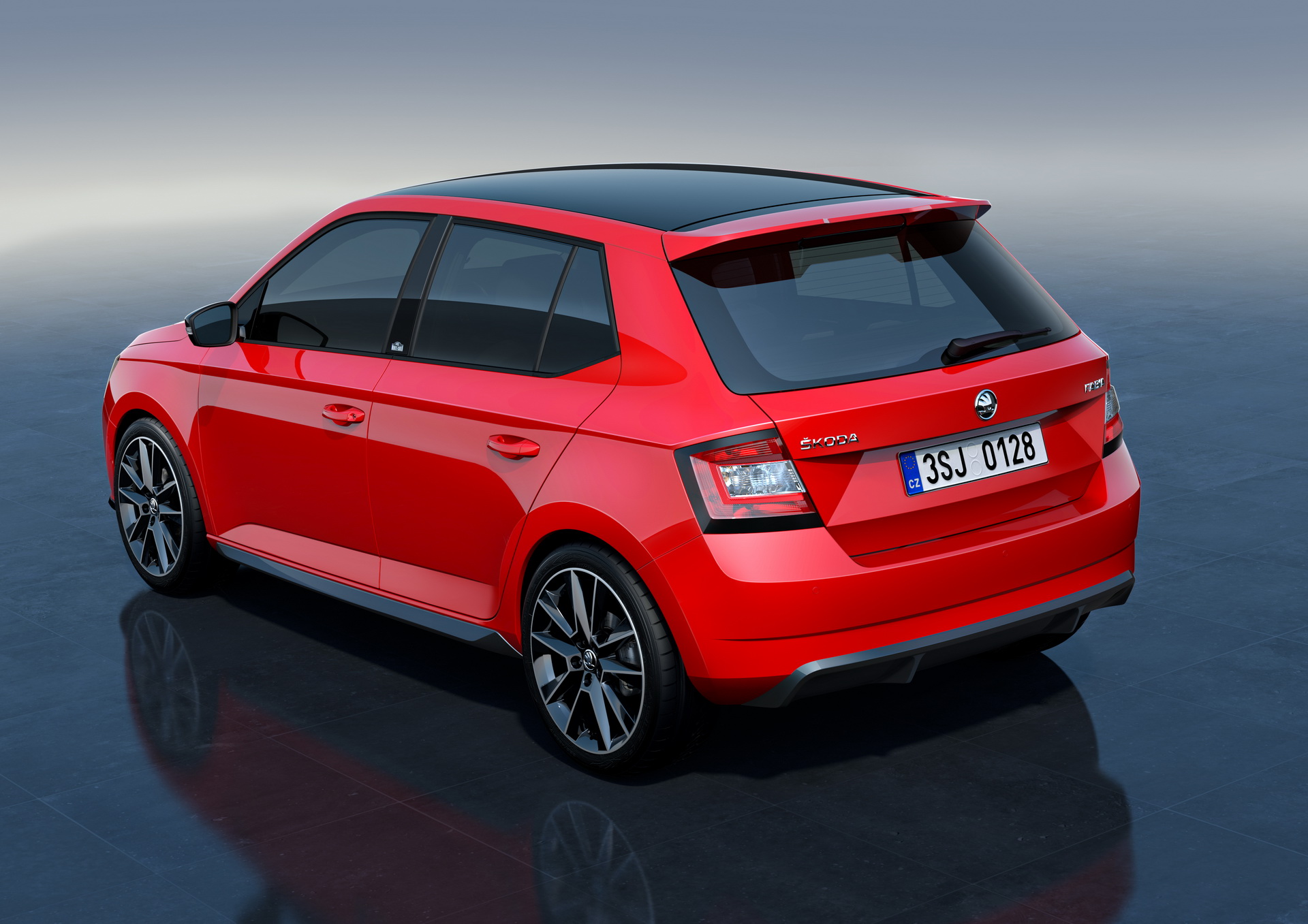Electrification has become a big part of today’s auto industry. Most major automakers are offering at least one such model, whereas others have launched separate divisions aimed at making zero-emission cars.
However, it seems that the upcoming new generation Fabia will have to make do without any form of electrification, at least in the first few years of production – and that includes mild-hybrids too.
Review: Choose A Supermini – Seat Ibiza vs Skoda Fabia vs Toyota Yaris
This move should keep it affordable, according to Autocar, who quotes undisclosed insiders, making it more appealing to customers who feel that superminis should not exceed a certain price point. Nonetheless, as the technology becomes cheaper in the future, the new Fabia might eventually go down this route, aided by the VW Group’s MQB A0 architecture that will underpin it.
Initially, though, we should expect the Czech supermini with the usual turbogharged three-pots, and perhaps with three-cylinder gasoline units without forced induction. More powerful engines, probably with an extra cylinder, might join the lineup, but there won’t be a new RS (vRS in the UK), because Skoda apparently isn’t interested in launching one. Moreover, diesel engines are expected to get the boot.
In terms of styling, the 2022 Fabia will be inspired by the Kamiq subcompact crossover, although it will also sport some influences from the compact Scala and Octavia, as well as a more modern dashboard design, new connectivity features and larger displays inside. The upgrades will likely include more active and passive safety systems.
The all-new Fabia will be unveiled next year, and should go on sale in most European countries before the end of 2021.







